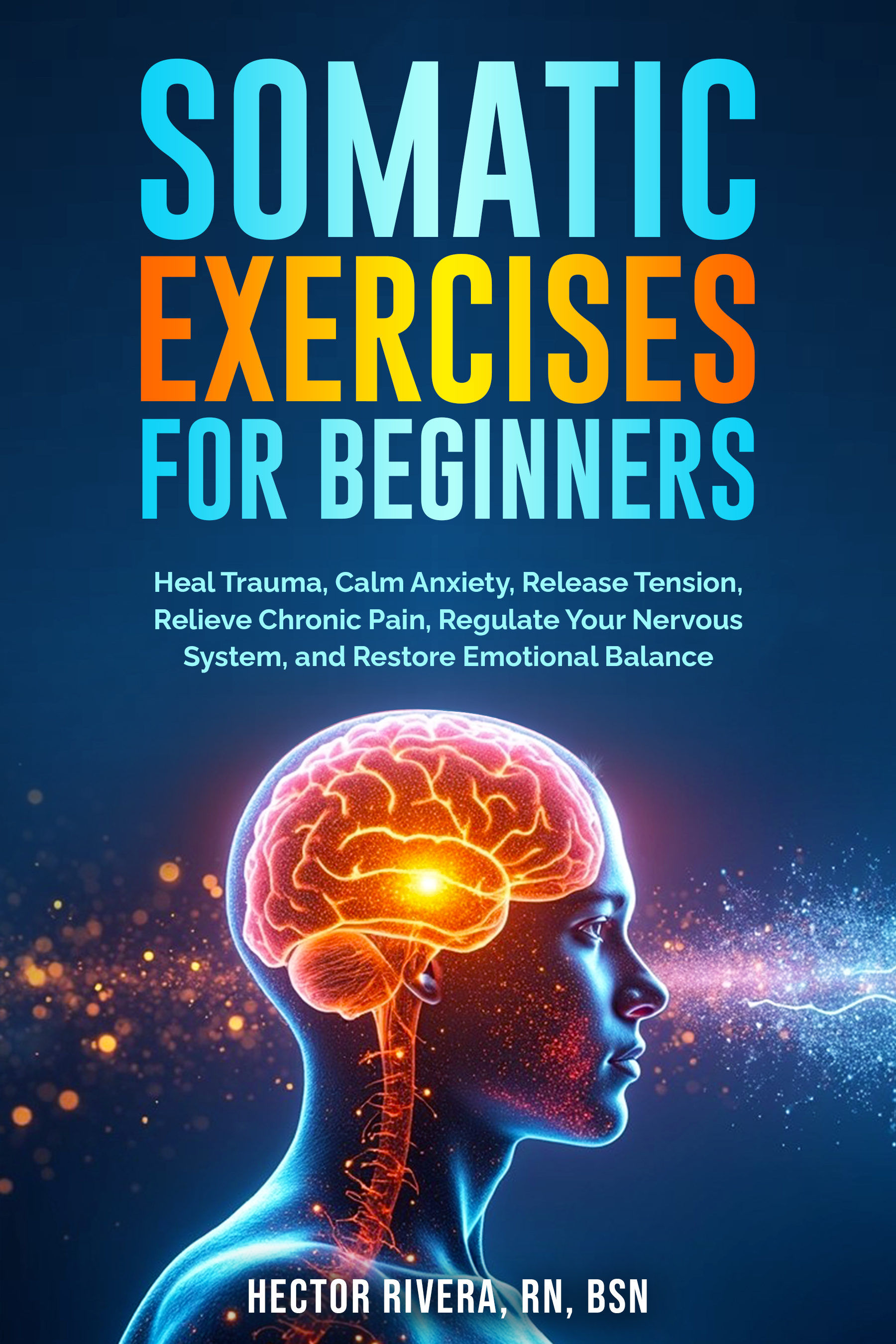What Are Somatic Practices?

What Are Somatic Practices?
Somatic practices are ways of reconnecting with your body through awareness, presence, and gentle engagement of your senses—not just through movement. If you’ve ever wondered “what are somatic practices,” they go beyond exercises, incorporating methods such as stillness-based practices, breathwork, sensory exploration, and therapeutic approaches. They can be as simple as noticing how your feet feel on the ground while standing in line or as profound as guided trauma release with a trained practitioner. At their core, these practices invite you to slow down enough to notice what’s happening inside you, and to let that awareness guide your choices.
Many of us spend years running on autopilot. We push through workdays, handle family responsibilities, and keep moving without really checking in with our physical selves. Over time, that disconnect can lead to tension, stress, and emotional burnout. Somatic practices create space to listen to the body’s signals, giving you the chance to respond in ways that support your overall well-being.
While somatic exercises focus on intentional physical movement, somatic practices are a broader category. They include stillness-based methods, breathwork, sensory exploration, creative expression, and therapeutic approaches. You can think of them as an umbrella term that encompasses various ways of engaging with your body’s sensations and inner cues. Movement may be a part of it, but it isn’t the main goal—presence is.
Your body constantly communicates with you through sensation—tight shoulders, a racing heartbeat, a knot in your stomach—but those signals often get ignored. Somatic practices help you become more fluent in that “language.” This awareness can lower overall stress levels, improve emotional regulation, support better sleep, build resilience to future challenges, and deepen your sense of safety in your own body. Active voice. These benefits aren’t instant, but regular attention and care create them. The more you practice, the quicker you can recognize tension before it spirals out of control, and the easier it becomes to shift toward a calmer state.

One of the best parts about somatic work is that you don’t need a gym, special equipment, or large blocks of time. Many of these can be done quietly in daily life. Body scanning involves slowly bringing awareness from head to toe, noticing areas of comfort or tightness without trying to change them. Grounding through touch might mean placing your hand on your heart, wrapping yourself in a blanket, or pressing your feet firmly into the floor to create a sense of stability. Breath awareness is as simple as following your inhale and exhale without trying to control it, or gently extending the exhale to cue relaxation. Sensory check-ins enable you to focus on what you see, hear, smell, taste, and feel in the present moment, anchoring yourself in the present. Mindful pauses are short breaks—just 30 seconds between tasks to notice your posture, breathing, and mood before moving on.
Some people choose to explore somatic practices with a trained professional. These can be especially supportive if you’re working through trauma, chronic stress, or health challenges. Somatic Experiencing focuses on releasing stored survival energy from the nervous system. Sensorimotor Psychotherapy integrates body awareness into talk therapy for trauma and attachment issues. The Hakomi Method combines mindfulness with body-centered exploration to uncover unconscious patterns. Body-Mind Centering utilizes developmental movement patterns, touch, and awareness to enhance physical and emotional well-being. If you’re considering one of these options, it’s worth finding a practitioner who feels like a good fit and understands your specific needs.
Somatic work doesn’t always have to feel clinical or structured. It can be playful, creative, and deeply personal. You might explore art or music with body awareness, noticing how your body responds while drawing, painting, or playing an instrument. Nature immersion allows you to take in the texture of tree bark, the sound of leaves, or the temperature of the air. Vocal toning or humming creates internal vibration and can calm the nervous system. Journaling physical sensations alongside your thoughts or emotions helps you track patterns and changes over time. These methods work because they bring you into the present moment through sensory experience, often bypassing the overactive thinking mind.
A common misconception is that somatic practices require a big daily commitment. In reality, even a few minutes can be enough to create a shift. Start with something you already do each day, such as brushing your teeth or making tea, and bring your full attention to how your body feels during that activity. Please keep it simple by choosing one practice and sticking with it for a week before adding anything new. Let go of the idea of “doing it right.” The goal is awareness, not perfection. Conclude with a brief reflection, noting whether you feel calmer, more alert, or more grounded than before.
Regular somatic practice can help you notice small changes you may have missed before—such as realizing your breathing is shallow during stressful emails or noticing your jaw is tense after a long drive. If you’ve ever asked yourself "what are somatic practices?", they’re precisely the kinds of habits that make it easier to pause before reacting to stress, relax muscles that habitually stay tight, feel more connected to your body during everyday activities, and experience moments of calm without forcing them.
Instead of thinking about these practices as something you have to “fit in,” weave them into your life. Take three slow breaths before answering your phone. Feel your feet on the ground while standing in line. Notice your senses when you step outside—what you hear, smell, and feel on your skin. Take a moment to pause before switching between tasks. These micro-moments are often where the real change happens.
What are somatic practices really about? They’re about learning to stay in touch with your body in everyday life—listening to it with respect and giving it gentle attention. You don’t need to reinvent your routine or chase significant changes. Just showing up, noticing what you feel, and giving your body a little room to guide you can be enough to bring things back into balance.
Recommended Resources
- Levine, P. A. (1997). Waking the Tiger: Healing Trauma. North Atlantic Books
- Ogden, P., Minton, K., & Pain, C. (2006). Trauma and the Body: A Sensorimotor Approach to Psychotherapy. W. W. Norton & Company
- Kurtz, R. (2007). The Hakomi Way: Consciousness-Centered Psychotherapy. Hakomi Institute
- Bainbridge Cohen, B. (2012). Sensing, Feeling, and Action: The Experiential Anatomy of Body-Mind Centering. Contact Editions
- Somatic Experiencing International — https://traumahealing.org
Medical Disclaimer: The information on this website is for educational purposes only and is not a substitute for professional medical advice, diagnosis, or treatment. Always consult a qualified healthcare provider with any questions you may have about your health or a medical condition. Never ignore professional medical advice or delay seeking it because of something you have read here.

